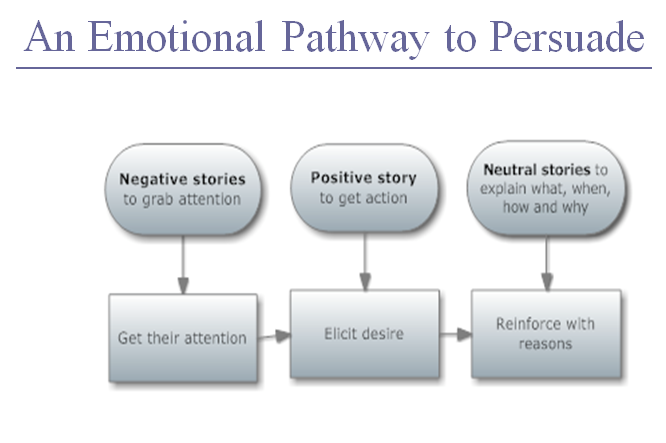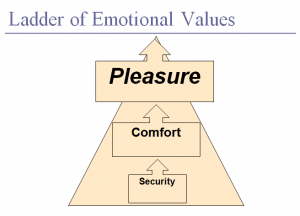 Good business writing should be like a good butler: working smoothly in the service of the reader without calling attention to itself.
Good business writing should be like a good butler: working smoothly in the service of the reader without calling attention to itself.
This means that you avoid language that sounds impressive.
This weekend I was reviewing some books on business writing, including Harvard Business Review’s Guide to Better Business Writing.
Although these tips are designed for business professionals who write reports, proposals, presentations and memos, they are totally applicable to blog writing.
There is no better way to approach business and blog writing tasks than to keep in mind three realities:
There is a confusing amount of contradictory advice about how to compose a business report:
- Writing should be clear – but it should also “sound good”
- Information should be simple and straightforward – yet cleverly composed to stand out
- Get to the bottom line quickly – but don’t leave out background details
Use your words to carry information, ideas and build relationships with readers by speaking their language. Go easy on the jargon and cliches. Organize your content so that readers will be drawn into reading your ideas logically presented to flow in a way that makes sense.
The number one question readers are asking when they glance at material is this:
Why am I reading this? What’s in this for me? Why should I care?”
Not to be harsh, but they don’t care about you. The introductory paragraph needs to quickly establish the relevancy and utility of the document to readers. Read More→












